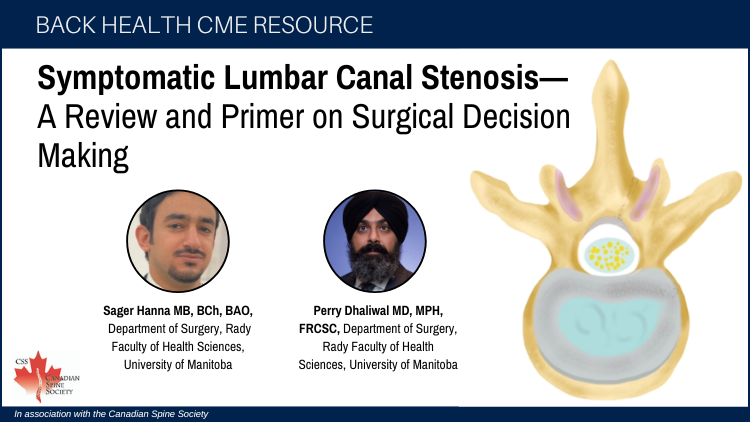1Section of Neurosurgery and Section of Orthopedic Surgery, Department of Surgery, Rady Faculty of Health Sciences, University of Manitoba.
2Assistant Professor of Neurosurgery, Section of Neurosurgery, Department of Surgery, Rady Faculty of Health Sciences, University of Manitoba.

